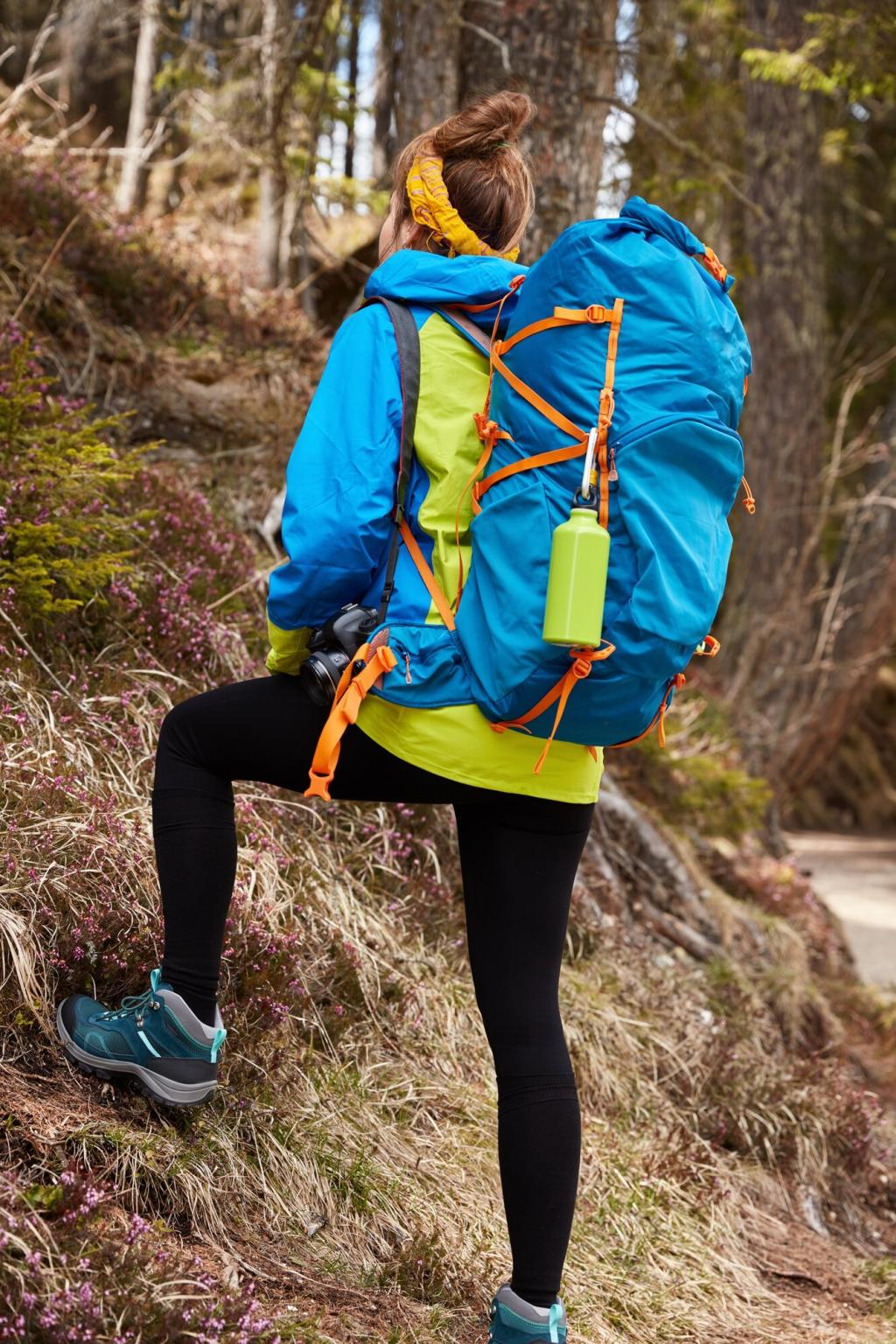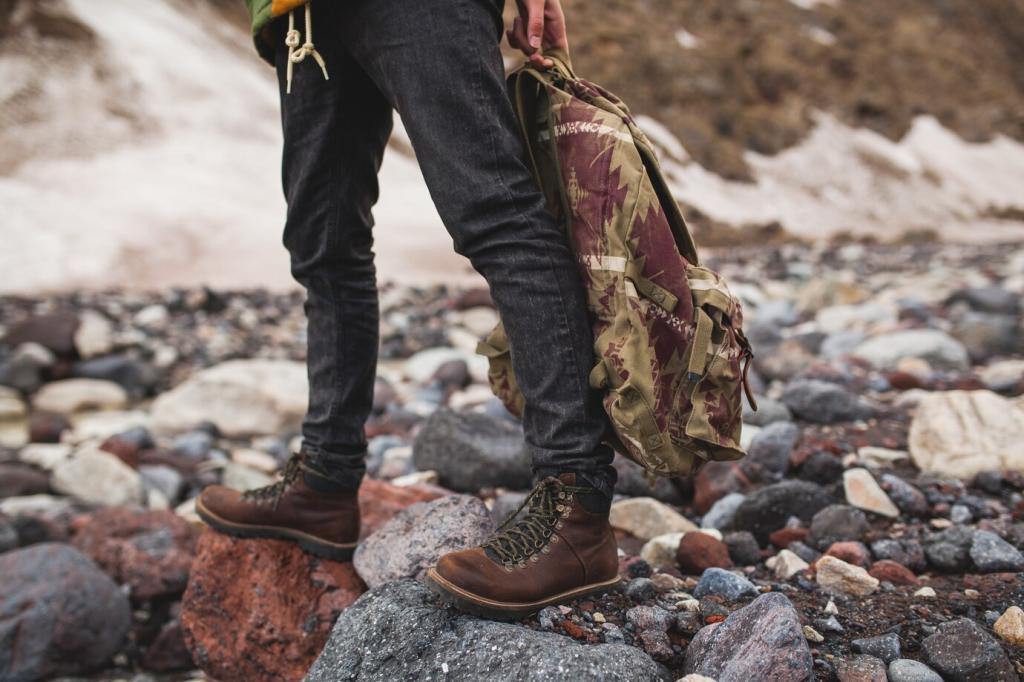Layer Up: Insulation Essentials for Mountain Hiking
Welcome to our mountain-ready guide dedicated to keeping you warm, dry, and comfortable above the treeline. Chosen theme: Insulation Essentials for Mountain Hiking. Explore proven strategies, field-tested materials, and stories from the trail. Share your insights, subscribe for fresh mountain wisdom, and help our community master the art of warmth.
The Science of Staying Warm at Altitude
Conduction, Convection, and Windchill
Heat escapes your body through contact with cold surfaces, moving air, and radiant loss into a big, empty sky. On ridgelines, wind strips warmth fast, so you need loft to trap air and a shell to block gusts. Comment with your windiest hike and what kept you comfortable.
Moisture Management Is Half the Battle
Wet fabric conducts heat away rapidly, which is why sweating uphill can sabotage your summit comfort. Wicking base layers move vapor, while breathable midlayers let moisture escape before it condenses. Share your best moisture-management trick, and subscribe for more altitude-tested tips.
Altitude Myths vs Reality
High elevation doesn’t create magic cold; it amplifies exposure: thinner air, stronger wind, fierce radiation, and quick weather swings. Insulation must adapt in real time. Tell us a moment when altitude surprised you, and we’ll feature smart solutions in our next post.

Base Layers: Wool vs Synthetic
Merino wool manages odor and regulates temperature well, especially during long, cold pushes. Synthetics dry faster, excel in high-output climbs, and cost less. Choose snug, not tight, to aid wicking and movement. Which do you trust in the mountains? Comment below and subscribe for our comparison deep-dive.

Midlayers: Fleece, Grid, and Active Insulation
Classic fleece is durable and simple; grid fleece breathes better with less weight; active insulation balances warmth and airflow during motion. Pick the one that matches your pace, temperature, and wind. Share your favorite midlayer combination and help others fine-tune their cold-weather kit.

Shell Strategy: Softshell vs Hardshell
Softshells move moisture and stretch, keeping you drier during climbs in cold, dry conditions. Hardshells block storms and brutal wind when the forecast turns. Many hikers carry both: softshell for work, hardshell for weather. What’s your shell strategy? Tell us and subscribe for storm-tested tactics.
Insulation Materials Compared
Down: Fill Power, Baffles, and Care
Down offers unmatched warmth-to-weight when dry, especially with higher fill power that traps more air. Box baffles reduce cold spots; stitch-through saves weight. Keep it dry, shake it to restore loft, and air it nightly. Share your down care routine and subscribe for pro maintenance guides.
Synthetic: Loft That Laughs at Damp
Synthetic insulation stays warmer when wet, dries faster, and handles relentless freeze-thaw cycles. It packs bigger than premium down but thrives in humid or mixed conditions. If your mountains are misty or brushy, synthetic wins often. Comment with your soggiest hike and what saved the day.
Blends and Novel Approaches
Hybrid systems combine light fleece with wind-resistant face fabrics or pair active insulation under a breathable shell. These shine for variable terrain where you move, pause, and move again. Tried a hybrid that surprised you? Share your experience and subscribe for field-tested layering recipes.
Boots, Gloves, and Head: Peripheral Warmth
Start with a thin liner for wicking, then a cushioned wool sock for warmth. In sub-freezing conditions, vapor barrier socks can prevent sweat from soaking insulation. Keep a dry spare for camp or the car. What’s your sock system? Share it and subscribe for foot-focused winter strategies.

Boots, Gloves, and Head: Peripheral Warmth
Use a thin liner for dexterity, an insulated glove or mitt for warmth, and a shell for wind and wet. Mix components as conditions change. Stash chemical warmers for emergencies. Comment with your favorite glove combo, and we’ll compile reader-tested setups in a future guide.
Packing Smart: Weight, Volume, and Redundancy
Carry a roomy, high-loft jacket in the top of your pack for snack breaks, summits, and sudden stops. Put it on before you cool down to save precious heat. Share a moment your belay puffy saved the day, and subscribe for quick-access packing strategies.
Packing Smart: Weight, Volume, and Redundancy
Over-compressing insulation for long periods can reduce loft. For day trips, a loose sack or top-of-pack stow keeps fibers happier and speeds deployment. At home, store uncompressed. Comment with your packing method and follow us for gear longevity insights.
Packing Smart: Weight, Volume, and Redundancy
A spare base layer, extra socks, and a light beanie add security without much weight. Choose versatile items that layer into existing pieces. What’s your must-carry backup that punches above its grams? Share it and subscribe for minimalist safety checklists.
On-Trail Thermoregulation Habits
01
Start Cold, Stay Dry
Begin the climb a little chilly to avoid sweating into your layers. Vent early, strip midlayers before steep sections, and add warmth as soon as you stop. Tell us your best ‘start cold’ routine and subscribe for habit checklists you can screenshot.
02
Fuel and Hydrate for Heat
Warmth is metabolism plus insulation. Eat steady carbs and fats, sip often, and consider warm drinks. Cold diuresis can fool you into under-hydrating. What trail snack keeps your furnace burning? Share your pick and follow for mountain nutrition tips.
03
Microbreak Protocols
Before you pause, throw on a puffy to trap the heat you built on the climb. Check gloves and headwear, then snack and adjust layers. Have a microbreak ritual that works wonders? Teach the community in the comments and subscribe for quick-win routines.
Seasonal and Regional Nuances
In dry continental ranges, down excels; in maritime climates, synthetic often wins due to humidity and brush. Shoulder seasons demand adaptable systems. Where do you hike, and what works there? Share your regional recipe and subscribe for tailored packing lists.


Seasonal and Regional Nuances
Higher peaks see faster storm build-up and harsher wind. Carry a slightly warmer midlayer and reliable shell even on bluebird days. What’s your rule for adding insulation when the forecast looks uncertain? Comment below and follow for weather-smart kit planning.
